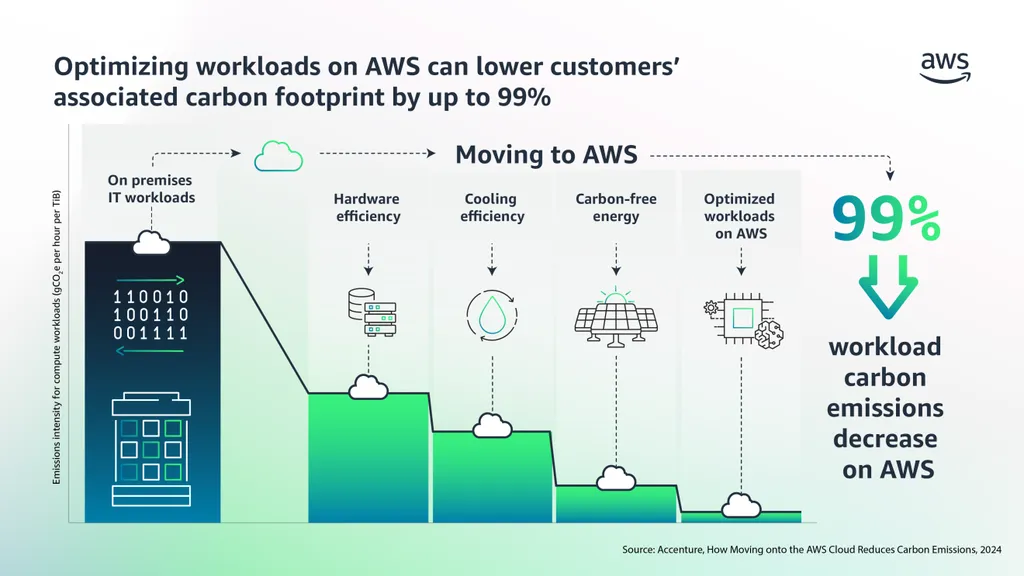In the heart of the Amazon, a quiet revolution is underway, one that could reshape how remote communities access energy and pump water. Researchers from the Federal University of Pará (UFPA), led by Victor Parente de Oliveira Alves of the Group of Studies and Development of Energy Alternatives (GEDAE), have published a groundbreaking study in the journal *Acta Polytechnica* that could have significant implications for the energy sector. The study, titled “Direct current nanogrid providing energy for water pumping: a comparative study in a riverside community in the Amazon,” explores the potential of Direct Current Distribution Nanogrids (DCDN) to transform water pumping systems in isolated areas.
For riverside communities in the Amazon, water pumping systems are a lifeline, yet most still rely on fossil fuels, which are expensive, environmentally harmful, and logistically challenging to maintain. Alves and his team set out to challenge this status quo by implementing an open structure DCDN with distributed photovoltaic generation and energy storage. The system powers eight residences and a church on Ilha das Onças, Pará, Brazil, providing a unique opportunity to study the performance of various water pumps before and after the installation of the DCDN.
The results are promising. By comparing different energy supply types—fossil fuel, AC via inverter, and DC connected to the grid—the researchers found that the DCDN system offers superior energy efficiency, resilience, and cost savings. “The potential savings are substantial,” Alves explains. “We estimate that over 25 years, the community could save up to $4.5 million in gasoline costs alone.” Additionally, the system could reduce annual CO2 emissions by 123 tons, a significant environmental benefit.
The economic and environmental impacts of this technology are not just theoretical. The study highlights the replicability of the solution to other nearby residences, suggesting a scalable model for off-grid electrification. This could be a game-changer for the energy sector, particularly in remote and underserved areas where traditional grid infrastructure is either unavailable or impractical.
The implications of this research extend beyond the Amazon. As the world grapples with the need for sustainable and resilient energy solutions, DCDN technology offers a compelling alternative. “This study demonstrates the viability of DCDN systems not just for water pumping but potentially for a wide range of applications,” Alves notes. “The energy sector is on the cusp of a transformation, and technologies like these could play a pivotal role in shaping a more sustainable future.”
The study’s findings are a testament to the power of innovation and the potential for technology to drive positive change. As the energy sector continues to evolve, the lessons learned from Ilha das Onças could serve as a blueprint for communities around the world seeking to balance economic, environmental, and social needs. The research published in *Acta Polytechnica* is not just a scientific milestone but a beacon of hope for a more sustainable and equitable energy future.

